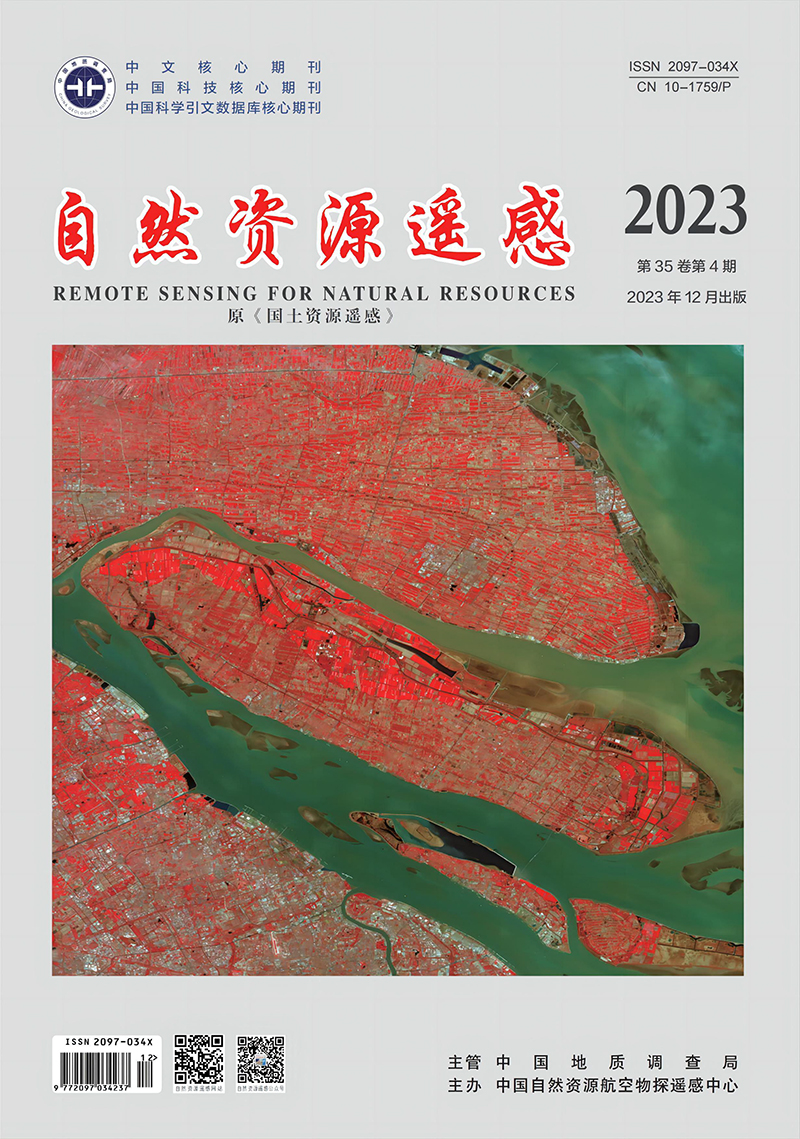DU Xiaochuan, LOU Debo, XU Lingang, FAN Yinglin, ZHANG Lin, LI Wanyue. 2023. Extracting granite pegmatite information based on GF-2 images and the random forest algorithm. Remote Sensing for Natural Resources, 35(4): 53-60. doi: 10.6046/zrzyyg.2022280
| Citation: |
DU Xiaochuan, LOU Debo, XU Lingang, FAN Yinglin, ZHANG Lin, LI Wanyue. 2023. Extracting granite pegmatite information based on GF-2 images and the random forest algorithm. Remote Sensing for Natural Resources, 35(4): 53-60. doi: 10.6046/zrzyyg.2022280
|
Extracting granite pegmatite information based on GF-2 images and the random forest algorithm
-
1. School of Earth Sciences and Resources, China University of Geosciences (Beijing), Beijing 100083, China
-
;2. MNR Key Laboratory of Metallogeny and Mineral Assessment, Institute of Mineral Resources, Chinese Academy of Geological Sciences, Beijing 100037, China
More Information
-
Corresponding author:
LOU Debo
-
Abstract
Granite pegmatites serve as a significant carrier and prospecting marker of granite pegmatite-type lithium deposits. The southeastern Zhaka area in Tianjun County, Qinghai Province demonstrates considerable prospecting potential for lithium deposits. Nevertheless, its high altitudes and deep cross-cutting characteristics pose challenges in surface surveys. Hence, this study extracted the granite pegmatite information within the study area from remote sensing images using the random forest algorithm. With high-spatial-resolution GF-2 remote sensing images as the primary data source, it extracted the spectral, texture, exponential, topographic, and edge features from various ground objects within the study area. These features, together with the newly introduced contrast limited adaptive histogram equalization (CLAHE) features, constituted 25 feature variables, forming a feature subset. Then, feature variables in the subset were evaluated for their feature importance, and their importance scores were used for feature selection, determining the optimal feature combination for extracting granite pegmatite information. Ultimately, 16 feature variables were chosen for random forest classification, with the accuracy of the classification results assessed. The study indicates that: ①The CLAHE feature variables emphasize the tonal variations among ground objects, thereby enhancing the classification accuracy, with the overall accuracy increased by 2.7 percentage points and the Kappa coefficient increased by 0.035; ②The classification results for granite pegmatites based on GF-2 images and the random forest algorithm exhibited overall accuracy of 93.1%, with a Kappa coefficient of 0.902, user accuracy of 94.24%, and producer accuracy of 98.00%, confirming the effectiveness of the method used in this study. Moreover, this study provides reliable data for future research in the study area.
-

-
-
Access History







 DownLoad:
DownLoad: